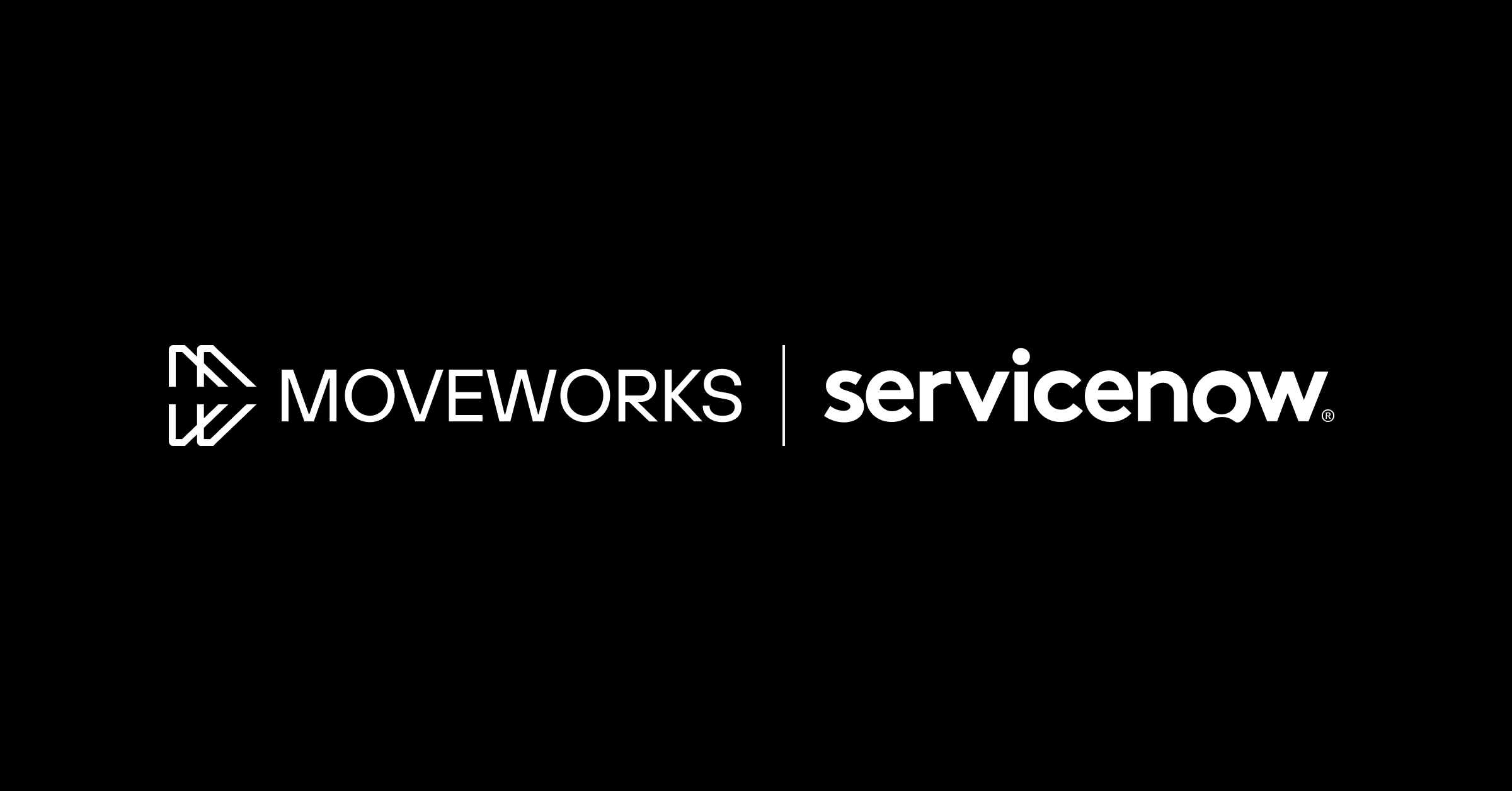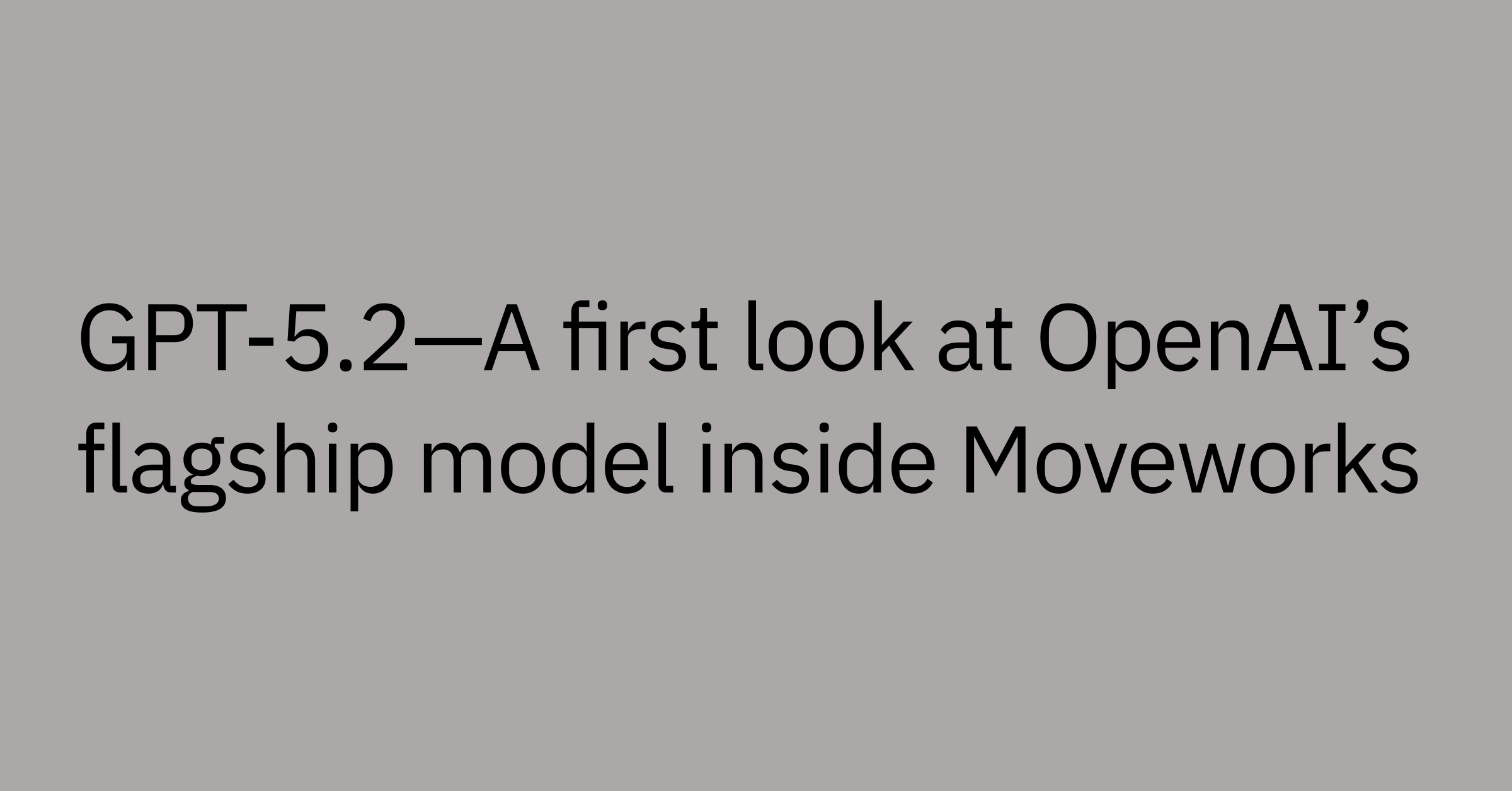Table of contents
It’s time to rethink how we measure employee experience.
Picture this: you send out a survey to gauge employee satisfaction, but it's met with vague responses or unusable answers. You're left wondering what's stopping employees from providing genuine feedback.
Surveys just don't seem to work — they're too subjective, and let's be honest, hardly anyone fills them out. Manually tagging tickets is no better, as it’s a time-consuming, unscalable task for enterprises of any size.
Building and maintaining ITSM dashboards consume valuable resources that could be allocated elsewhere. And to make matters worse, existing ITSM analytics solutions focus on measuring agent efficiency rather than the employee experience, leaving you missing out on crucial insights that could drive business growth.
We need a tool that doesn’t require time-consuming efforts to manually review and tag every ticket, a solution that’s scalable, and can provide sentiment analysis of employee satisfaction without cumbersome surveys. And there needs to be a clean way to see real-time performance to understand your employee experience as it’s happening — not after frustration has built up and productivity has declined.
Enter Employee Experience Insights (EXI), which leverages advanced natural language understanding (NLU) to analyze unstructured data within tickets. This untapped source of information is where real insights lie. Read on to discover how AI analytics will change the way we measure and improve employee experience:
- What is employee experience?
- Why is employee experience important?
- Why is measuring employee experience KPIs important?
- How to measure employee experience?
- What is Employee Experience Insights (EXI)?
- What are industry use cases for measuring employee experience with AI?
- How does EXI help you take action when apps and services need attention?
- How to create an employee experience KPI dashboard?
- How to improve your employee experience KPIs?
What is employee experience?
Employee experience, often abbreviated as EX, is a holistic approach to understanding and enhancing an individual's journey within an organization. It encompasses all the interactions and experiences an employee has with their workplace, starting from the moment they become a candidate for a job.
The concept of employee experience is rooted in the belief that a positive environment and meaningful work experience foster employee engagement, satisfaction, and performance. EX is not just about tangible factors, such as compensation and benefits, but also the overall workplace culture, management style, and the opportunities provided for growth and development.
Why is employee experience important?
Employee experience serves as a crucial aspect of an organization's overall health and performance. The importance of EX cannot be overstated, as it impacts various areas of business success.
Here are some key reasons why employee experience is vital:
- Enhanced employee engagement: A positive employee experience fosters higher levels of engagement, which results in increased commitment, loyalty, and dedication towards an organization's goals.
- Improved retention and lower turnover: When employees feel valued and enjoy a satisfactory work environment, they are less likely to leave the company. As a result, businesses can reduce turnover costs and retain vital skills and experience within their workforce.
- Increased productivity: Satisfied, engaged employees tend to be more productive, contributing to better business performance, higher customer satisfaction, and a healthier bottom line.
- Better company reputation: Companies that prioritize employee experience are often seen as more attractive to job candidates, improving their talent acquisition and creating a competitive edge in attracting top talent.
- Higher innovation: Employee experience encourages creativity and innovation by creating a supportive and empowering environment. When employees feel heard and appreciated, they are more likely to share unique ideas and contribute to the organization's growth and continuous improvement.
Why is measuring employee experience KPIs important?
Keeping track of employee experience key performance indicators (KPIs) is essential to gauge the effectiveness of your organization's efforts to improve the overall work environment.
With these metrics, organizations can identify areas for improvement and drive more informed decisions to improve the everyday employee experience.
EX has a profound influence on various business outcomes, such as recruitment, wellness, and retention. By understanding the relationship between these factors, organizations can develop a more comprehensive approach to nurturing a prosperous work culture.
Employee recruitment
High levels of employee satisfaction and engagement are often evident through positive reviews, referrals from existing employees, and a strong reputation as an employer of choice.
Monitoring recruitment-related KPIs, such as time-to-fill or cost-per-hire, can help companies fine-tune their talent acquisition strategies and ensure they attract the right candidates for the organization's growth.
Employee wellness
Employee wellness is significantly influenced by the quality of the work experience, which in turn directly impacts an organization's overall performance.
Monitoring wellness-related KPIs, such as absenteeism rates, employee assistance program utilization, or job-related stress levels, can help organizations identify potential issues affecting employee well-being. By addressing these concerns, companies can create a healthier work environment where employees can thrive both professionally and personally.
Employee retention
Retention is closely linked to employee experience, and monitoring KPIs in this area can help organizations identify, prevent, or mitigate the risk of losing valuable employees.
Retention-related KPIs, such as turnover rate, retention rate, or reason-for-leaving patterns, enable companies to understand the factors driving employees' decisions to stay or leave. This valuable data helps businesses develop targeted strategies to improve employee satisfaction, reduce turnover, and maintain a competent and stable workforce.
To create a thriving workplace, it's essential to understand the effectiveness of your organization's employee experience initiatives. To achieve this, several measurement methods can reveal valuable insights from employees at various stages of their journey within the company.
Conventional ways to measure employee experience
Traditional methods of measuring employee experience are often centered around collecting subjective employee feedback through various channels:
Surveys: Employers can use different types of surveys to gauge employee sentiment, including candidate, onboarding, employee engagement, eNPS (Employee Net Promoter Score), pulse, and exit surveys. These surveys enable organizations to collect feedback from employees at critical touchpoints throughout their tenure.
Interviews: One-on-one interviews, such as exit interviews or performance reviews, provide an opportunity for employees to share their experiences, opinions, and concerns. Skip-level meetings, which allow employees to communicate with managers above their direct supervisor, can provide additional insights into the employee experience at various levels within the organization.
Focus groups: Gathering small groups of employees and facilitating discussions enables exploration of specific topics or concerns related to employee experience. Focus groups can stimulate open conversations and help identify areas for improvement or opportunities to strengthen the workplace environment.
While these traditional methods have provided valuable feedback, the emergence of innovative tools and techniques, such as AI analytics, makes it possible to enhance employee experience measurement more effectively and systematically.
Employee Experience Insights: Reimagining analytics with AI
Moveworks’ Employee Experience Insights (EXI) is designed to uncover crucial information concealed within everyday employee support tickets.
By harnessing our proprietary natural language understanding (NLU) techniques and state-of-the-art machine learning, EXI automates the data analysis process by translating scattered employee concerns into actionable information.
And EXI goes beyond examining structured data, diving deep into unstructured data such as emails, chat logs, and support tickets. By analyzing this information with AI, EXI can uncover underlying issues impacting employee satisfaction and highlight areas that warrant attention or improvement that might otherwise go unnoticed.
In this way, EXI allows organizations to answer a wide array of relevant questions, uncovering invaluable insights into employee engagement, workplace efficiency, and core productivity drivers. From identifying top issues affecting remote workers to understanding employee dissatisfaction with critical apps, EXI provides comprehensive knowledge tailored to help organizations boost their workforce's overall experience.
All of this boils down to everyone from the CEO to service leaders having a more comprehensive understanding of your workforce and actionable insights that contribute to a better employee experience.
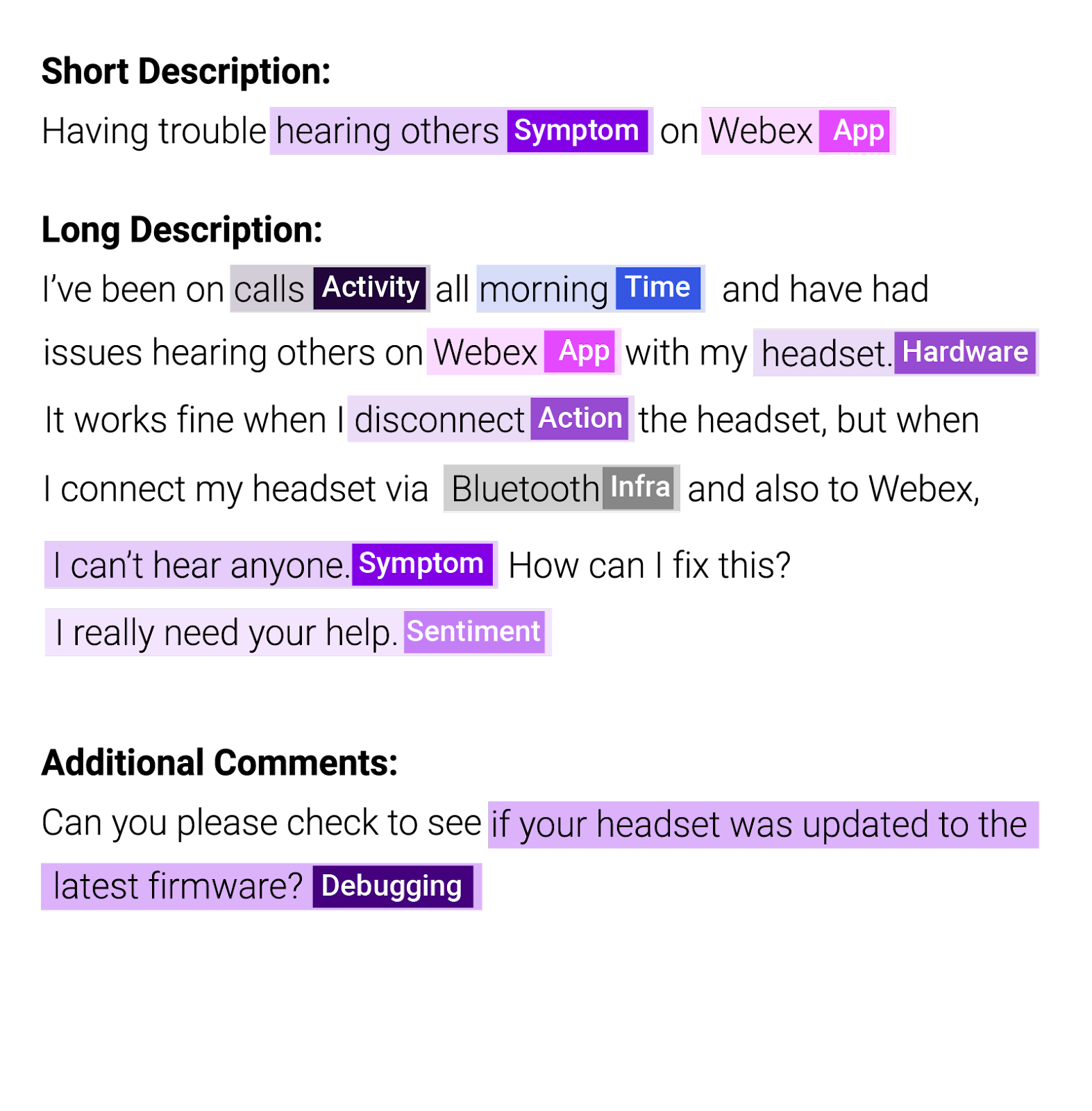 Figure 1: Using NLU techniques trained on over half a billion support tickets, AI analytics can pull key insights from unstructured data, like IT support tickets.
Figure 1: Using NLU techniques trained on over half a billion support tickets, AI analytics can pull key insights from unstructured data, like IT support tickets.
Industry use cases for measuring employee experience with AI
AI has the potential to enhance the success of your key employee experience initiatives across industries. Let's explore some examples:
- Manufacturing companies enhancing employee experience: Providing workers with streamlined processes, up-to-date training, and the opportunity to work with cutting-edge technology leads to empowered, knowledgeable, and engaged employees who can contribute to the organization’s growth and success.
- Tech companies cultivating growth-focused work environments: For a technology company looking to grow rapidly, AI can help identify bottlenecks and unblock your revenue-generating teams, creating a culture that’s conducive to accelerating expansion.
- Financial services companies promoting cost-conscious workplace culture: If your financial institution aims to reduce expenses, AI can pinpoint the most resource-intensive applications, allowing employees to focus on their core tasks and increase productivity.
- Utilities companies fostering efficiency: Utility companies can use AI to optimize energy and resource distribution, predict equipment maintenance needs, and improve customer service. This enables employees to perform their jobs more effectively, leading to greater engagement and empowered decision-making.
- Media companies boosting internal creativity and engagement: AI plays a crucial role in improving the employee experience in media organizations by streamlining communication, automating repetitive tasks, and personalizing learning opportunities. This creates a supportive, engaging workplace that promotes innovation, job satisfaction, and employee retention in the rapidly evolving media industry.
- Healthcare organizations prioritizing employee wellness: When everyday obstacles like problematic IT applications or long support wait times are addressed, employees can focus on their core responsibilities and prioritize patient care. In this way, AI creates a supportive and efficient work environment, contributing to enhanced employee well-being, job satisfaction, and, ultimately, improved patient outcomes.
AI insights can complement and strengthen your company’s key initiatives, regardless of industry, by providing insightful data tailored to drive success.
EXI helps you take action when apps and services need attention
The rapidly evolving technological landscape has made employees more dependent on more than 200 different applications, including Slack, Dropbox, Zoom, GitHub, and many, many more, to effectively perform their tasks. Ensuring seamless performance of these tools is crucial to preventING productivity losses in your organization, and this is where AI-powered analytics come into play.
EXI provides an in-depth analysis of your organization's app usage and potential issues, enabling you to identify what's working and what's not. This invaluable resource ensures your employees' tools are always operating at peak efficiency, empowering them to focus on their work without disruptions.
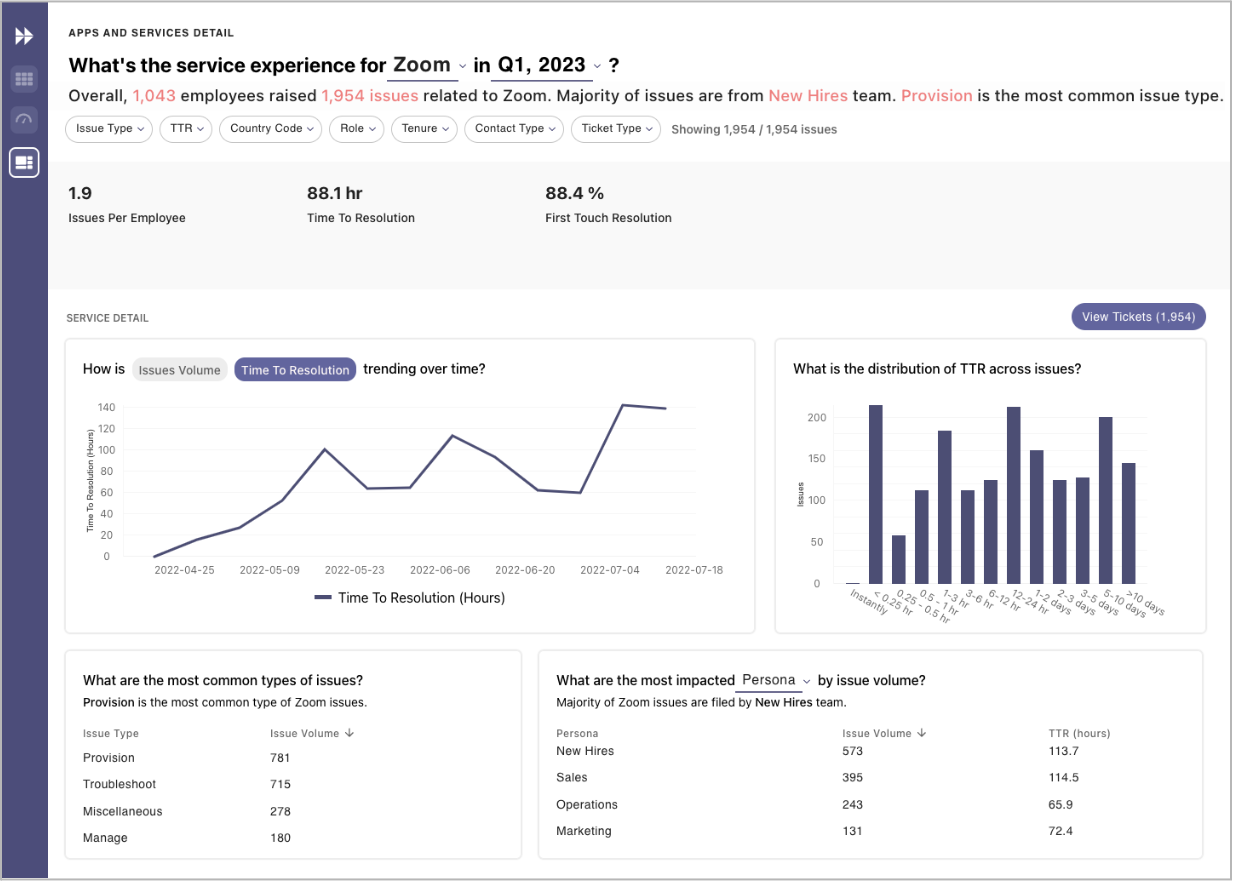 Figure 2: Not only does EXI let you slice and dice tickets by issue type, but also it lets you view common problems from the perspective of the individual apps and services used in your enterprise.
Figure 2: Not only does EXI let you slice and dice tickets by issue type, but also it lets you view common problems from the perspective of the individual apps and services used in your enterprise.
For instance, imagine a situation where an increasing number of your new hires are facing hardware issues, leading them to wait an extra month for keyboards and monitors. With EXI, you can spot this growing trend and take prompt action. After identifying the issue, you can further investigate its root cause, such as a vendor experiencing delays. In response, you can adjust your device policy, making it easier for specific employees to purchase the required hardware themselves.
By adopting AI-driven analytical tools like EXI, you can proactively identify and troubleshoot app and service issues before they escalate, ensuring uninterrupted productivity across your organization. These insights enable you to create targeted action plans and make more informed decisions, significantly improving the overall employee experience.
Creating an employee experience KPI dashboard
The challenge of addressing employee concerns promptly and accurately can seem daunting, particularly for large organizations. With countless employee touchpoints, understanding their issues and addressing their feedback often become overwhelming. Enterprises need a more efficient and precise approach – and that’s where EXI comes into play.
Specifically, natural language understanding (NLU) is a driving force in identifying and classifying employee issues on a large scale. Using the NLU hotspot grid in the Employee Issues module, organizations extract valuable insights from tickets logged by their workforce.
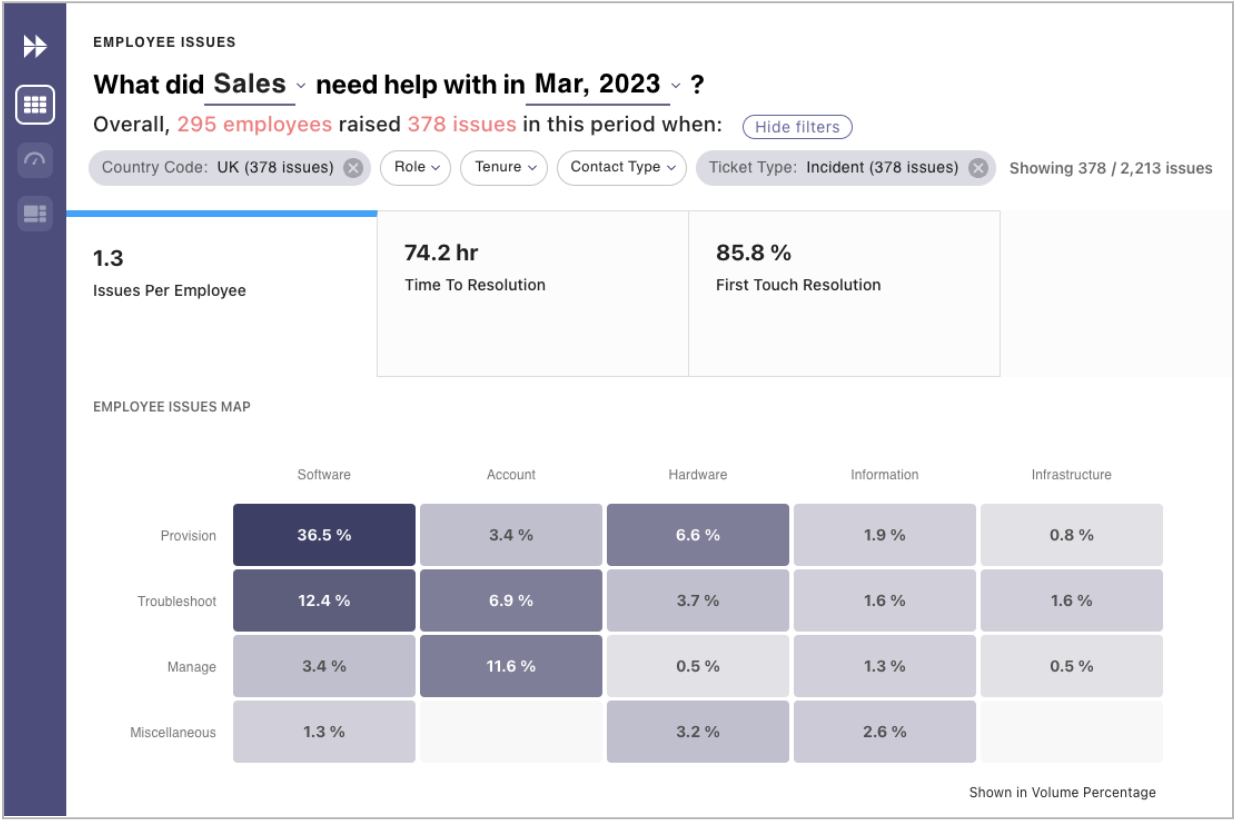 Figure 3: By leveraging AI analytics, specific team-related issues can be identified early on, which enables support teams to address and resolve these problems before they escalate, ensuring a smoother work environment.
Figure 3: By leveraging AI analytics, specific team-related issues can be identified early on, which enables support teams to address and resolve these problems before they escalate, ensuring a smoother work environment.
So, how does this work?
The secret lies in implementing more than 200 cutting-edge machine learning models, which also power our enterprise copilot platform. These models enable AI to decode and understand various issues experienced by employees. Now, organizations can identify and classify employee feedback within these vast datasets, unearth hidden patterns, and address those concerns systematically.
AI insights offer a solution to the complex task of identifying employee issues at scale, enabling organizations to foster a more engaged, productive, and satisfied team.
How to improve your employee experience KPIs
In today's competitive business landscape, staying informed about industry benchmarks can be crucial to making strategic decisions that bring growth and success. But traditional analytics solutions may only provide benchmarks relative to your past performance, which isn't always enough for a comprehensive comparative analysis.
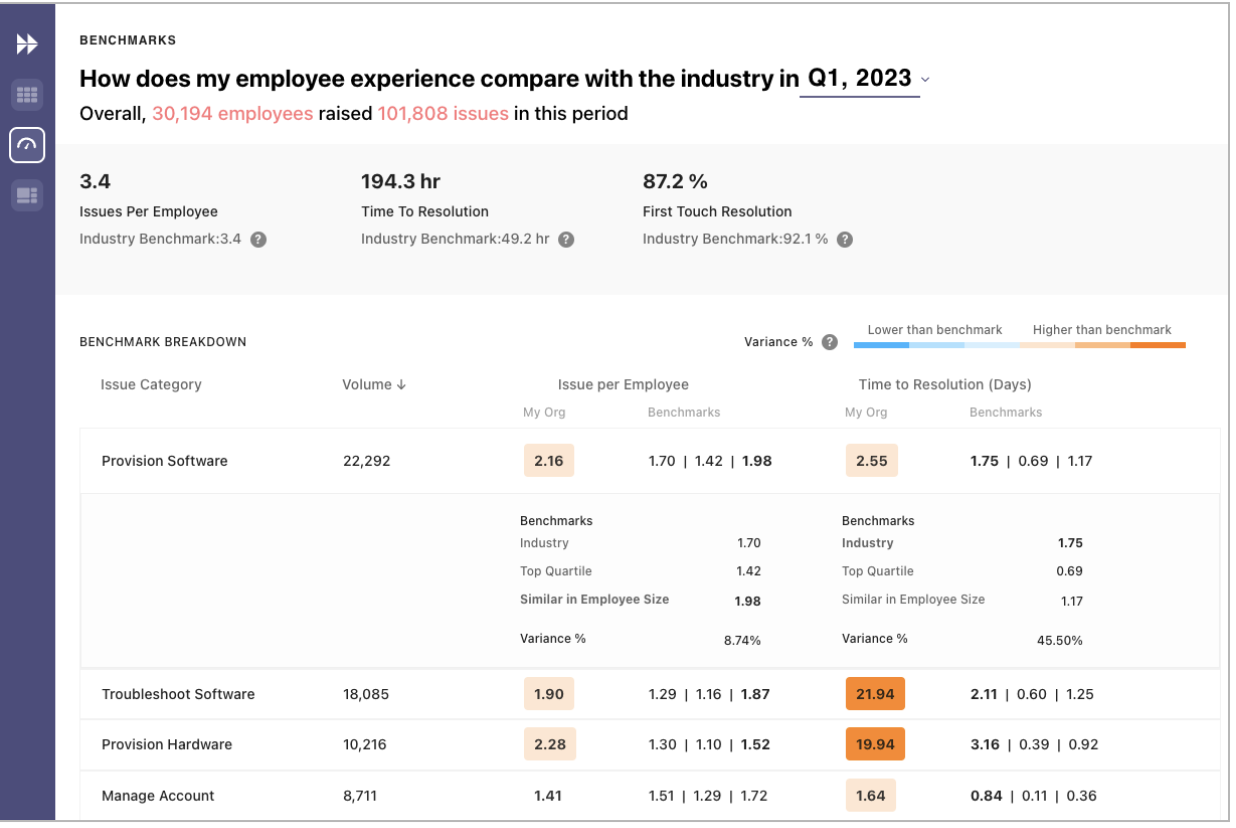 Figure 4: By analyzing both industry and company size benchmarks with EXI, you can compare your business' performance against a broader range of companies similar to yours.
Figure 4: By analyzing both industry and company size benchmarks with EXI, you can compare your business' performance against a broader range of companies similar to yours.
However, Moveworks' data from over 250 customers offers a more holistic perspective, allowing you to set informed, targeted goals and remain agile in a constantly evolving market. By analyzing both industry and company size benchmarks with EXI, you can compare your business' performance against a broader range of companies similar to yours. These benchmarks are regularly refreshed and hold the key to refining your strategies to meet industry standards and stay ahead of your competitors.
And the automatic updates provided by Moveworks save you countless hours of sifting through reports, ensuring that you have the most current data at your fingertips. Leveraging Moveworks' extensive customer base data empowers you to make well-informed decisions, set ambitious yet realistic goals, and maintain a competitive edge within your industry.
The future of EXI
The traditional ways of measuring employee experience are no longer sufficient. But thankfully, the power of AI presents an innovative solution to uplevel the process.
We've just explored how EXI can effectively supercharge strategic enterprise initiatives and breathe new life into your employee experience. But our journey doesn't end here! There's much more on our roadmap, and we're excited to introduce developments in the future. Here's a glimpse of what's in store:
- Proactive insights with generative AI: EXI is poised to transform employee experience measurement by creating models that will derive actionable insights autonomously, making the whole process more streamlined and efficient. We'll soon provide proactive insights that help you identify potential roadblocks and challenges before they escalate, ensuring that you stay ahead of the curve and make more pertinent, timely decisions for continuous improvement.
- Customized reports: No two organizations are the same, and neither should be their employee experience analyses. Our upcoming customized report feature will enable you to tailor the data for your unique business requirements and goals, meaning your insights will be more targeted and effective.
- Additional data sources: By expanding the scope of EXI’s data sources, organizations will gain a deeper understanding of their work environment, enabling targeted strategies to improve efficiency throughout the entire enterprise by tapping into diverse data sources and driving actionable insights.
The transformation of employee experience measurement is not only a nice-to-have but a business imperative, and AI is the key. With exciting future developments lined up, we're confident that harnessing the potential of AI and dynamic tools like EXI will greatly enhance the way organizations understand and respond to their employees' needs.
See your entire employee experience, on a single screen. Request a demo.
Learn more about our EXI roadmap. Watch Moveworks Live on-demand.

